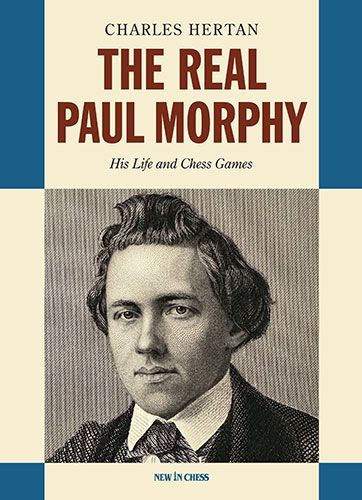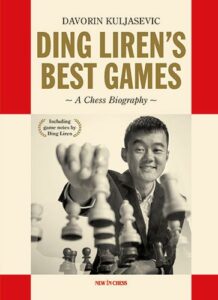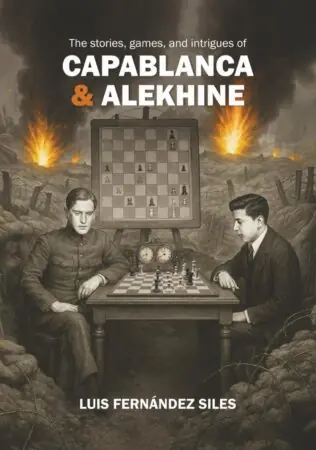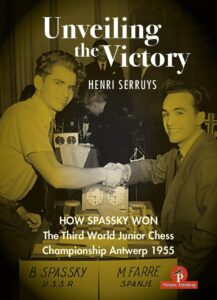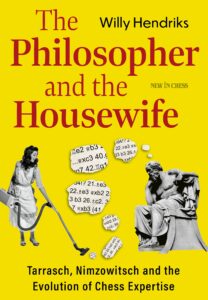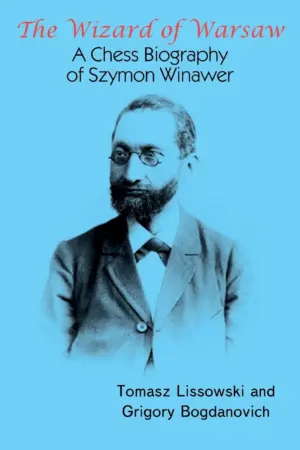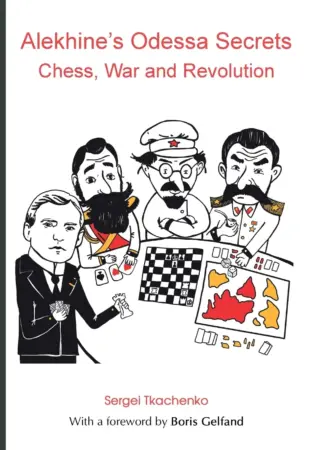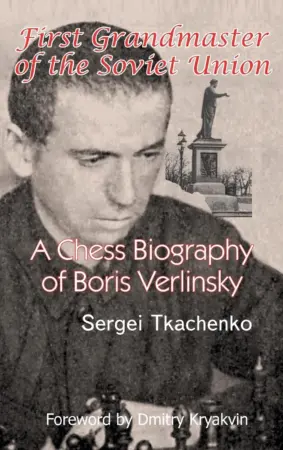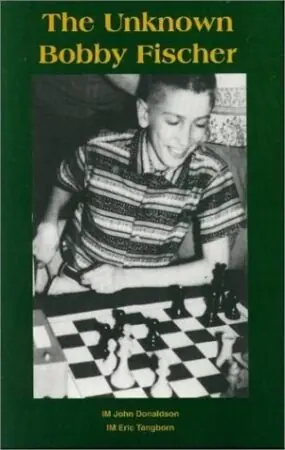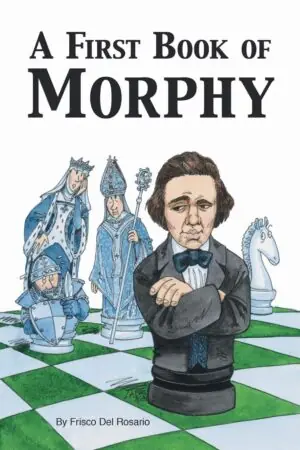Introduction
There are chess books and then there are fun chess books. Tal-Botvinnik, Life and Games of Mikhail Tal, Fire on Board, and other game collections written either by or on strong players are my definition of a fun chess book, the chess equivalents of The Lord of the Rings. The Real Paul Morphy is one of those. A wonderful collection of stories and annotated games which, for the first time, portrays Paul Morphy as an ambitious chess player, not just a guy who was able to crush everyone in blindfold simuls based on his natural abilities alone.
“Sometimes you really need someone to take you by the hand and really show you and explain to you the qualities of a certain book, or piece of music or chess player and Hertan did exactly this for me with Morphy! 5 stars!” – GM Matthew Sadler (New In Chess magazine)
About the Author
Charles Hertan is an American Fide Master and a prolific author. He has written two remarkable chess books before his work on Morphy, Strike Like Judit! and Forcing Chess Moves, along with several works for kids and beginners. He won the New England Chess Championship and the Eastern US Masters Championship twice, as well as many other tournaments. His peak rating was 2410 Fide. I wonder why he didn’t pursue the IM title since he seems to have been strong enough.
Morphy’s Biography
How was life for before and after the American Civil War? What was it like to grow up in Louisiana at the time? How were games and matches arranged between the world’s top chess players at the time? I find answers to these questions fascinating. Hertan has managed to depict the already astonishing life of Paul Morphy in a way that makes it difficult to ever put the book down. Had I not been reading the electronic version, I would have read it in a single day.

“Hertan uses his experience as a professional psychotherapist to shed new light on Morphy’s tragic mental deterioration.” – New in Chess
There is usually one thing most people remember celebrities for. When it comes to Paul Morphy, it’s either his brilliant chess or his mental issues. So, naturally, when I started reading the book I was anxious to hear about whether Morphy was truly wearing women’s clothes or taking baths with shoes in them! Hertan, who is a mental health professional, managed to objectively talk about that part of Morphy’s life without being sensationalistic.
”The book is a great read, even though we know the ending, and although it’s not pretty or unexpected, it’s still painful.” – Carsten Hansen (American Chess Magazine)
What I like most about the historical part of the books is Hertan’s presentation of Morphy’s contemporaries, and the chess players before and after Morphy. His style here is similar to Hendriks’, and the emphasis is put on the relationships between players and the logistics of how chess was played and arranged at the time. I found it fascinating!
Morphy’s Games
From a chess player’s perspective, the selection of games and the quality of annotations is the most important part of the book. Hertan has chosen around 130 games. They aren’t Morphy’s best games, just his games relevant to the period depicted in the chapter. This is, in part, because The Real Paul Morphy is a biography first, and, in part, because Morphy was far beyond most of his contemporaries, which makes many of the games one-sided and not flashy, tactical brilliancies.
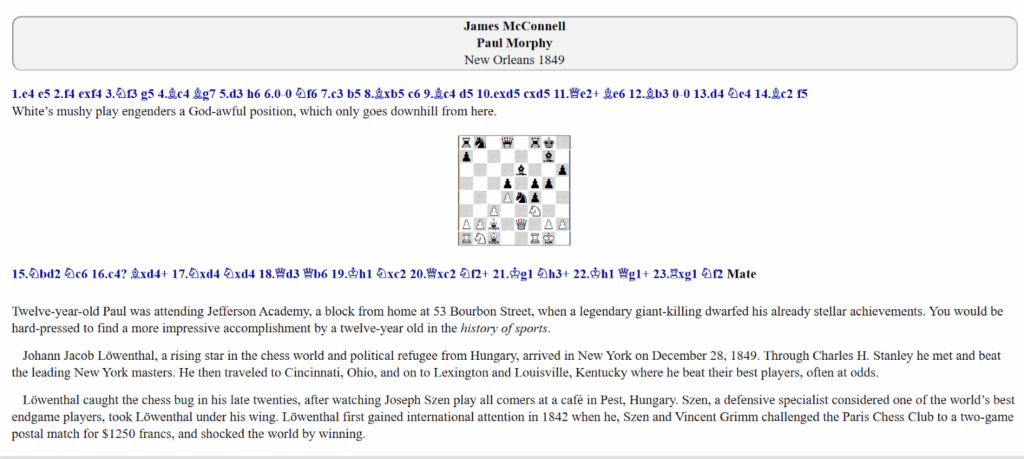
One thing that struck me most is that Hertan managed to present Morphy as a very motivated improver who had kept up to date with the published analysis and games at the time, whose repertoire kept being updated. Morphy constantly kept improving, he discovered opening novelties and prepared opening surprises for his opponents. Hertan successfully shows the evolution of Morphy from a relatively typical romantic era player most people take him for, to a very much “classical approach” guy who played the Spanish and destroyed his opponents in closed positions, following many of the positional principles chess books and coaches teach today.
The emphasis isn’t put on Morphy’s most famous wins. Instead, Hertan dedicates time to each game as if they were equally valuable, and they were equally valuable, it’s just that most analysts of his games and most GMs today, like Ben Finegold, who is personally responsible for my knowledge on Morphy’s games, tend to focus on the famous games that contain the most instructive or most fun tactical blows. Hertan often goes into endgames, which is another refreshing thing about the book. Not many people consider Morphy as strong of an endgame player as Capablanca or Rubinstein. Their opinion may change after reading The Real Paul Morphy.
Quality of Annotations
The annotations are good but there could have been many more and they could have been more detailed. Since this is mainly a book on Morphy, and the games are secondary, that’s understandable and perfectly fine.

Difficulty and recommended rating
This book is a great resource regardless of your rating. As far as how difficult it is to follow the games, I think anyone, even a beginner, would manage with a board on the side. Any experienced player would manage without one. I have gone through the electronic version, which allows you to go to every single move of a game presented, making it very easy, of course.
Conclusion
The Real Paul Morphy is a chess book useful for any player and a wonderful read even for people who don’t play seriously. It will give you an insight into the romantic era of chess, its evolution and progression to what we refer to as classical chess, and the life, history, and wonderful games of a true chess genius – Paul Morphy. A truly captivating read and a refreshment in the world of dry chess books.

